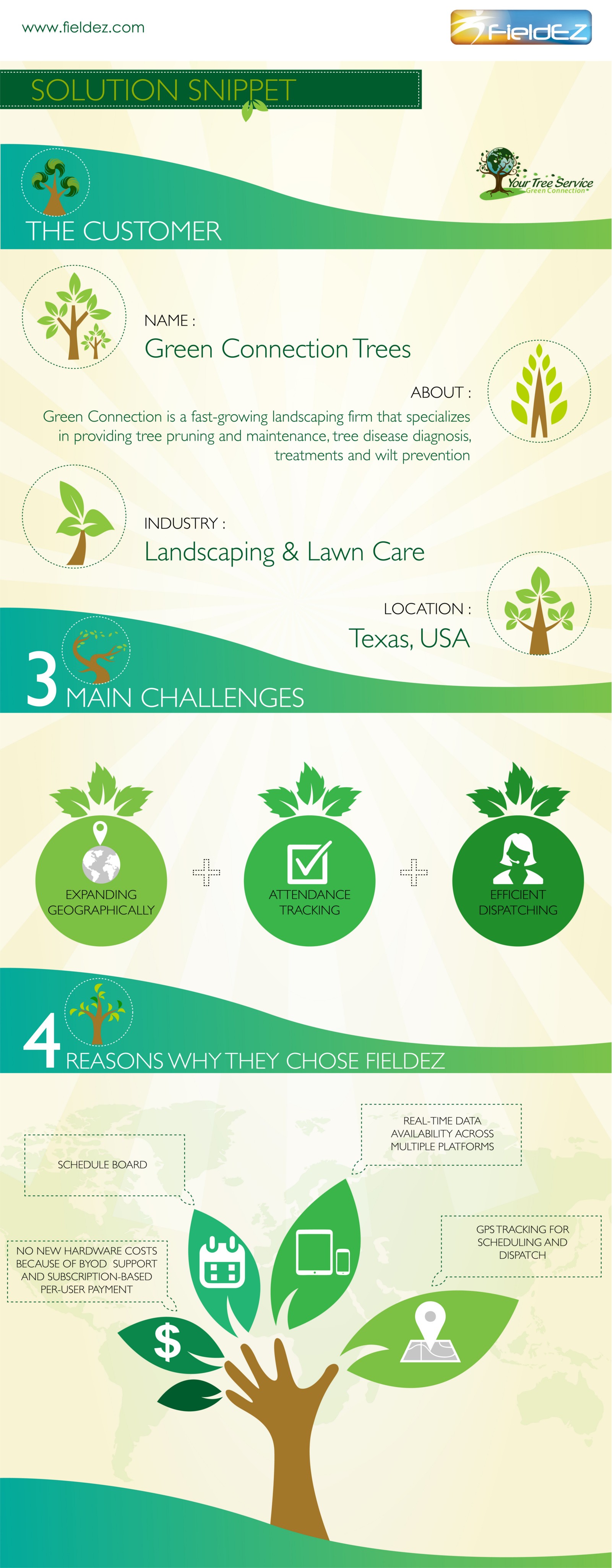Following Tree Removal, It Is Essential To Look After Your Landscape To Guarantee Its Restoration; Find The Essential Actions To Revitalize Your Location And Stop Future Difficulties
Following Tree Removal, It Is Essential To Look After Your Landscape To Guarantee Its Restoration; Find The Essential Actions To Revitalize Your Location And Stop Future Difficulties
Blog Article
Content Develop By-Graham McKinnon
After a tree's removal, your landscape may look fairly different, and it's important to examine the results carefully. You'll want to evaluate the dirt disruption and check surrounding plants for any type of signs of stress. Disregarding these factors can lead to larger problems down the line. So, what should you finish with those stumps and roots? And how do hop over to this website select the best plants for your revitalized room? Let's discover these essential steps.
Assessing the Results: Reviewing Your Landscape
After a tree removal, it's important to analyze your landscape to comprehend the effect it has on your lawn.
Begin by taking a look at the area where the tree stood. Try to find indications of soil disruption, and inspect the surrounding plants for any type of tension or damage.
You must likewise take note of how the elimination has actually altered sunlight exposure and airflow in your yard. This change can impact the growth of nearby plants, so it's vital to review their health.
Consider the visual aspects too; the removal might develop an open space that you can redesign.
Lastly, think about any type of prospective disintegration concerns that may occur from the tree's lack. Addressing these aspects early will aid recover equilibrium to your landscape.
Managing Stumps and Roots: Alternatives for Elimination
When you have actually evaluated the aftermath of the tree elimination, you'll likely require to deal with the stump and roots left.
You have a couple of choices for removal. One effective approach is stump grinding, where a specialist utilizes a maker to grind the stump to underground level. This technique leaves minimal disturbance to your landscape.
If you choose a DIY technique, you can use a combination of digging and chemical stump removers. Simply keep in mind, this process can take some time and initiative.
Alternatively, take into consideration leaving the stump as a natural attribute, which can function as a distinct yard component or habitat for wild animals.
Whatever you select, attending to the stump and origins is vital for recovering your landscape.
Choosing the Right Plants for Your New Area
As you assess your freshly cleared room, choosing the right plants can considerably boost your landscape's elegance and performance.
Start by considering the sunshine and dirt conditions. For sunny areas, go with drought-resistant plants like lavender or succulents. In shaded areas, brushes and hostas grow well.
Think about the dimension and growth routines of your plants; mix perennials and annuals for seasonal range. Do not neglect to incorporate indigenous types; they call for less maintenance and assistance local wildlife.
related web-site in weird numbers for a much more natural look and produce layers for visual deepness.
Lastly, ensure you have a mix of shades and textures to keep your landscape vibrant throughout the seasons.
Satisfied growing!
Verdict
To conclude, restoring your landscape after tree elimination is a gratifying procedure. By assessing the consequences, resolving stumps and roots, and choosing the right plants, you'll develop a successful setting. Do not neglect to incorporate disintegration control measures to protect your soil. With a little initiative and care, you can change your space right into a vibrant yard that improves your home. Embrace the possibility to revitalize your landscape and appreciate the appeal of nature right in your yard!
